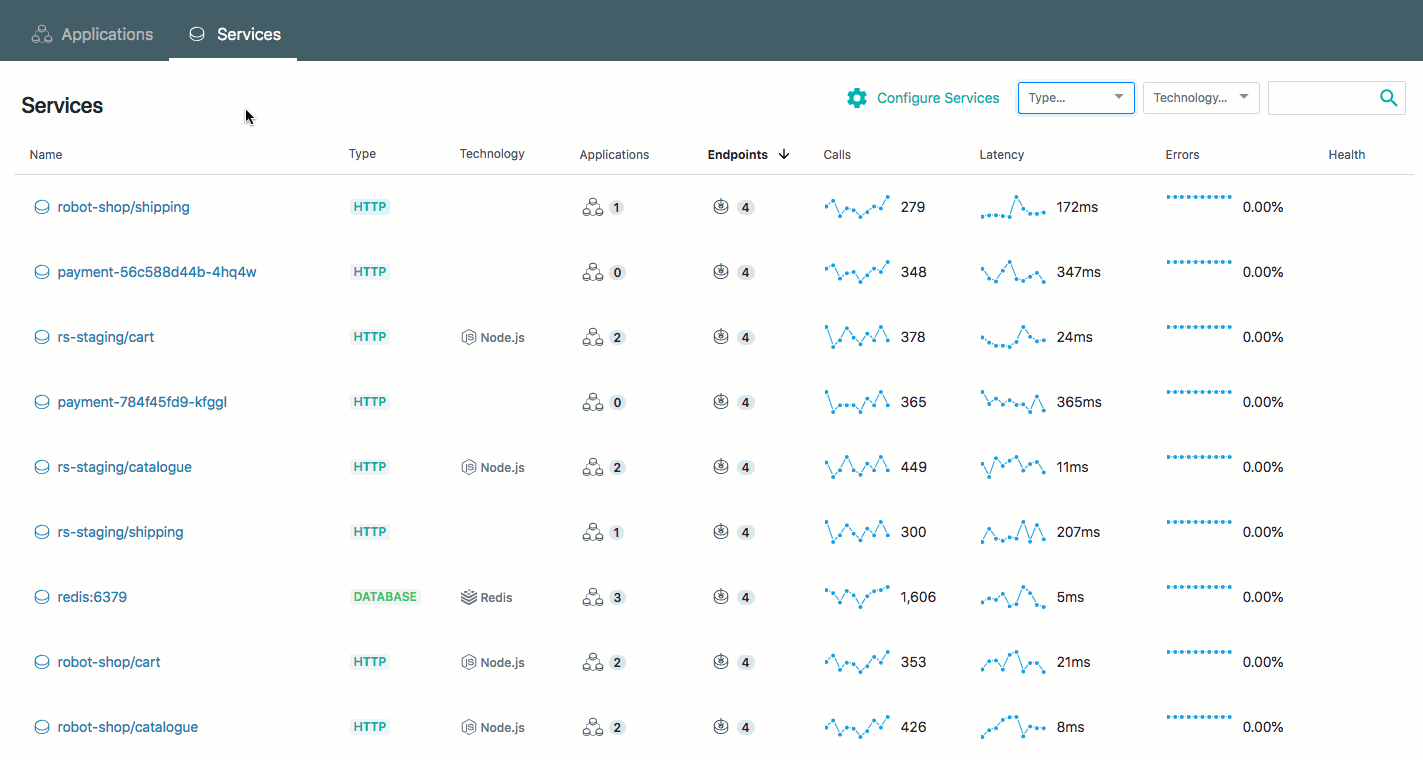For Bill Staples, the freshly appointed CEO at New Relic, who takes over on July 1, yesterday was a good day. After more than 20 years in the industry, he was given his own company to run. It’s quite an accomplishment, but now the hard work begins.
Lew Cirne, New Relic’s founder and CEO, who is stepping into the executive chairman role, spent the last several years rebuilding the company’s platform and changing its revenue model, aiming for what he hopes is long-term success.
“All the work we did in re-platforming our data tier and our user interface and the migration to consumption business model, that’s not so we can be a $1 billion New Relic — it’s so we can be a multibillion-dollar New Relic. And we are willing to forgo some short-term opportunity and take some short-term pain in order to set us up for long-term success,” Cirne told TechCrunch after yesterday’s announcement.
On the positive side of the equation, New Relic is one of the market leaders in the application performance monitoring space. Gartner has the company in third place behind Dynatrace and Cisco AppDynamics, and ahead of DataDog. While the Magic Quadrant might not be gospel, it does give you a sense of the relative market positions of each company in a given space.
New Relic competes in the application performance monitoring business, or APM for short. APM enables companies to keep tabs on the health of their applications. That allows them to cut off problems before they happen, or at least figure out why something is broken more quickly. In a world where users can grow frustrated quickly, APM is an important part of the customer experience infrastructure. If your application isn’t working well, customers won’t be happy with the experience and quickly find a rival service to use.
In addition to yesterday’s CEO announcement, New Relic reported earnings. TechCrunch decided to dig into the company’s financials to see just what challenges Staples may face as he moves into the corner office. The resulting picture is one that shows a company doing hard work for a more future-aligned product map and business model, albeit one that may not generate the sort of near-term growth that gives Staples ample breathing room with public investors.
Near-term growth, long-term hopes
Making long-term bets on a company’s product and business model future can be difficult for Wall Street to swallow in the near term. But such work can garner an incredibly lucrative result; Adobe is a good example of a company that went from license sales to subscription incomes. There are others in the midst of similar transitions, and they often take growth penalties as older revenues are recycled in favor of a new top line.
So when we observe New Relic’s recent result and guidance for the rest of the year, we’re more looking for future signs of life than quick gains.
Starting with the basics, New Relic had a better-than-anticipated quarter. An analysis showed the company’s profit and adjusted profit per share both beat expectations. And the company announced $173 million in total revenue, around $6 million more than the market expected.
So, did its shares rise? Yes, but just 5%, leaving them far under their 52-week high. Why such a modest bump after so strong a report? The company’s guidance, we reckon. Per New Relic, it expects its current quarter to bring 6% to 7% growth compared to the year-ago period. And it anticipates roughly 6% growth for its current fiscal year (its fiscal 2022, which will conclude at the end of calendar Q1 2022).

 In a week when a major retail website went down under the pressure of Cyber Monday, AppDynamics, a company that helps monitor apps and websites in order to prevent those types of outages (or at least understand why they happened and recover as quickly as possible) announced a major update today. The latest version helps identify those big problems that take down a website, but also see…
In a week when a major retail website went down under the pressure of Cyber Monday, AppDynamics, a company that helps monitor apps and websites in order to prevent those types of outages (or at least understand why they happened and recover as quickly as possible) announced a major update today. The latest version helps identify those big problems that take down a website, but also see…  Dynatrace released the latest version of its application performance monitoring (APM) product today, which it hopes will shift the company from pure monitoring into the realm of customer experience. Although this is a major release with many new features, it centers on the Customer Experience Cockpit, which is effectively a dashboard that lets users see a User Satisfaction Rating along…
Dynatrace released the latest version of its application performance monitoring (APM) product today, which it hopes will shift the company from pure monitoring into the realm of customer experience. Although this is a major release with many new features, it centers on the Customer Experience Cockpit, which is effectively a dashboard that lets users see a User Satisfaction Rating along…